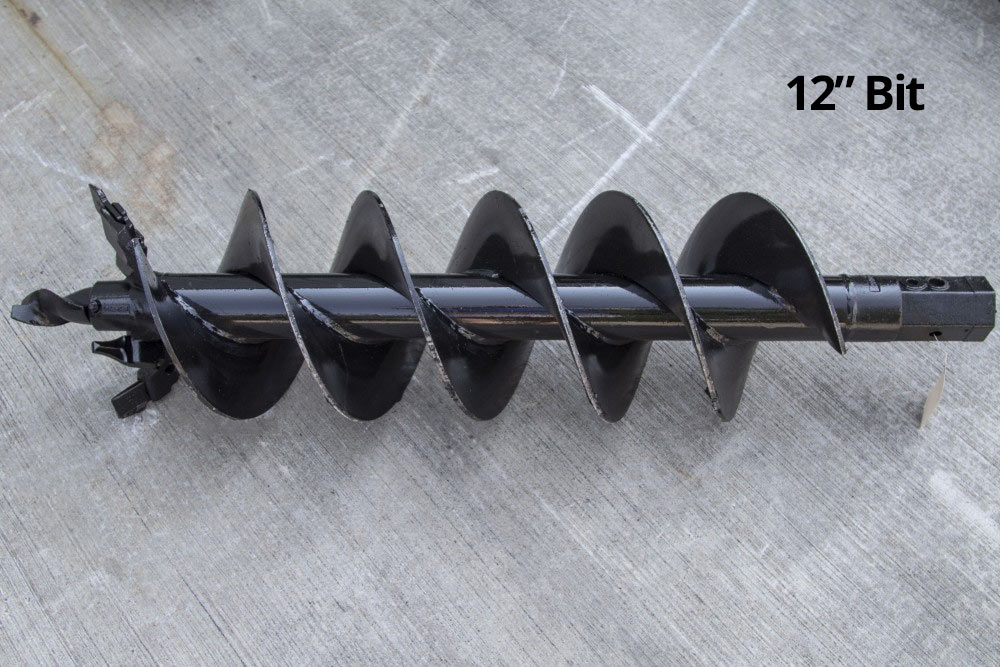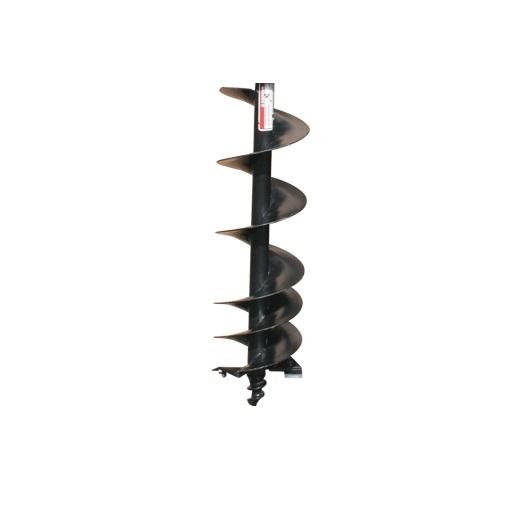JCoastie
Platinum Member
Rather than bump a 12yr old thread with the same name, I'll start a new one.
I understand the difference between single and double helix flighting, but what about the distance between the twist?
I am planning to get a FEL auger, and want to go up to a 12" bit.
We live in a mostly clay soil area, not a lot of rocks, and so far has not seemed too terrible compacted. We can use a gas powered auger and get down 3" without too much problem other than our age.
The less after cleanout needed the better.
Which is better in our situation, an equal twist, or one that varies?
It looks as if in the unequal ones, one of the two helix stops after a twist or two.
Examples of just the twist design, not the auger as a whole.
equal

unequal


I understand the difference between single and double helix flighting, but what about the distance between the twist?
I am planning to get a FEL auger, and want to go up to a 12" bit.
We live in a mostly clay soil area, not a lot of rocks, and so far has not seemed too terrible compacted. We can use a gas powered auger and get down 3" without too much problem other than our age.
The less after cleanout needed the better.
Which is better in our situation, an equal twist, or one that varies?
It looks as if in the unequal ones, one of the two helix stops after a twist or two.
Examples of just the twist design, not the auger as a whole.
equal

unequal


